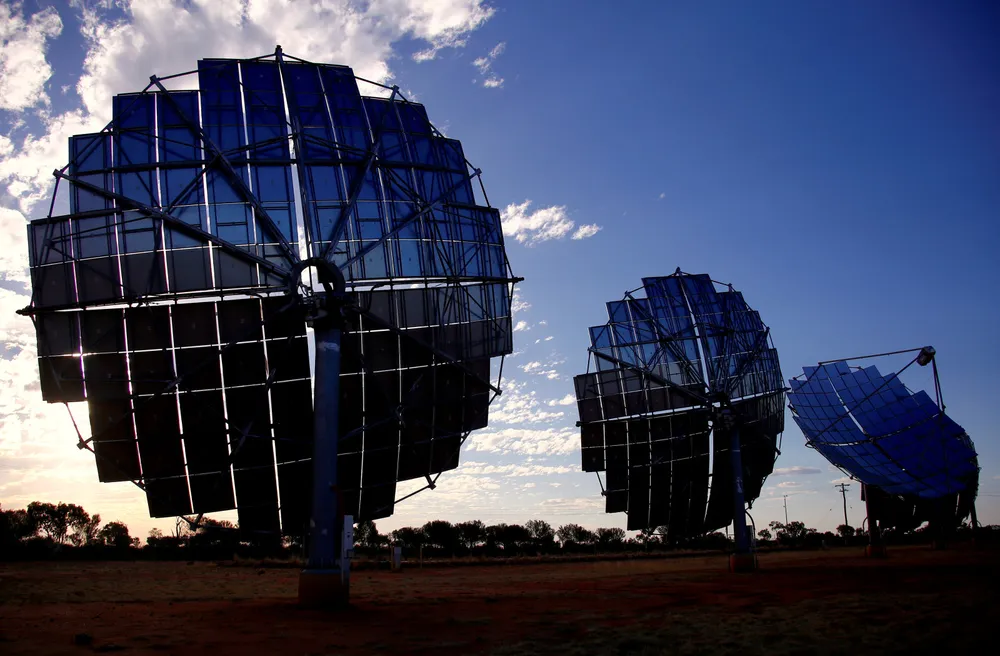Oz government looks to drive cost of green hydrogen down with fresh solar funding
Australian government is looking to spur the development of ultra low cost solar to help bring green hydrogen production costs below A$2 per kilogram

Australian government is looking to spur the development of ultra low cost solar to help bring green hydrogen production costs below A$2 per kilogram
